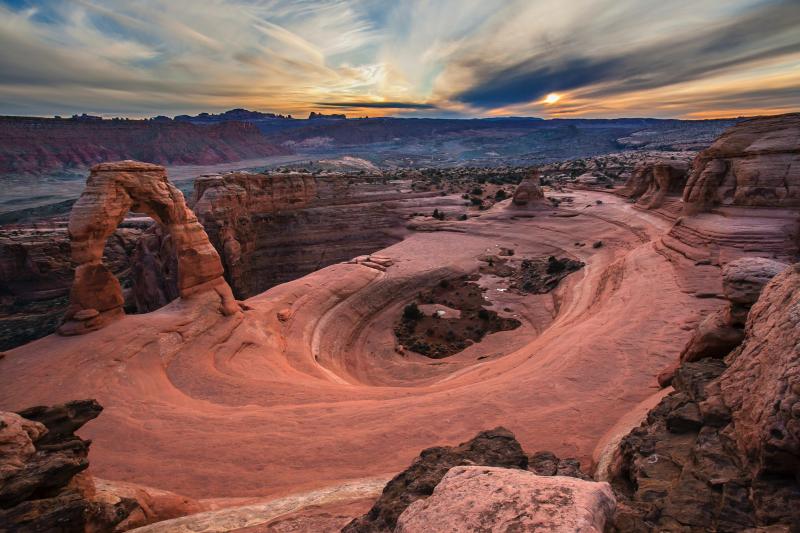Utah offers the best of both worlds when it comes to outdoor education and recreational activities. From the lush forests to sparse deserts, the state’s diverse ecosystem offers students the chance to learn in new and unusual settings while testing their limits and having fun.
Into the Wild
Arches National Park
With over 2,000 natural arches, massive stone fins, impossibly balanced boulders and slickrock domes, Arches National Park will give students the impression that they’re exploring a different planet. Just five miles north of Moab, the entrance road will lead groups on a jaw-dropping 18-mile scenic drive. It is one of the most popular ways to explore Arches because it offers the best overview of the park with access to highlights and famous attractions, but students won’t be required to hike into the daunting desert landscape. They will be able to marvel at the Garden of Eden, enjoy a vast expanse of arches near Delicate Arch and take time to walk through the formations at Double Arch. Students can experience life on a homestead at Wolfe Ranch or explore the Petrified Dunes. Be sure to end the day with an unforgettable sunset at Fiery Furnace.
Canyonlands National Park
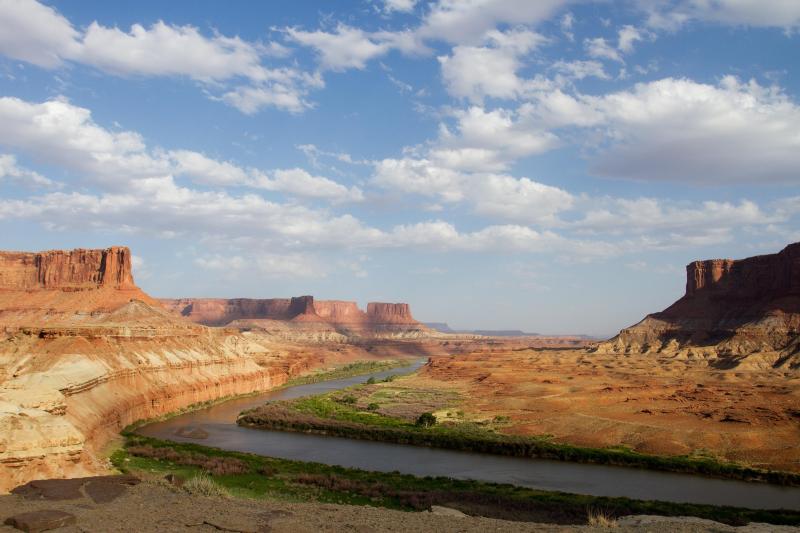
Photo Credit Andrew Kuhn
To make the most out of Canyonlands National Park, visitors must have an adventurous spirit tempered by good time management skills. Stretching over 527 square miles in Southeastern Utah, the park’s sheer size is nearly as incredible as the strange, other-worldly rock formations and red rock mountains. Students will stand in awe at the Grand View Point Overlook with views of Monument Basin’s towering stone columns hundreds of feet below. In the Island of the Sky region of the park, there are sweeping views of the rivers whose water has carved out the deep canyons, The Maze and The Needles. Join Moab Adventure Center for an off-road Hummer tour or a hot air balloon ride to give students an unusual adventure in a one-of-a-kind place.
Capitol Reef National Park
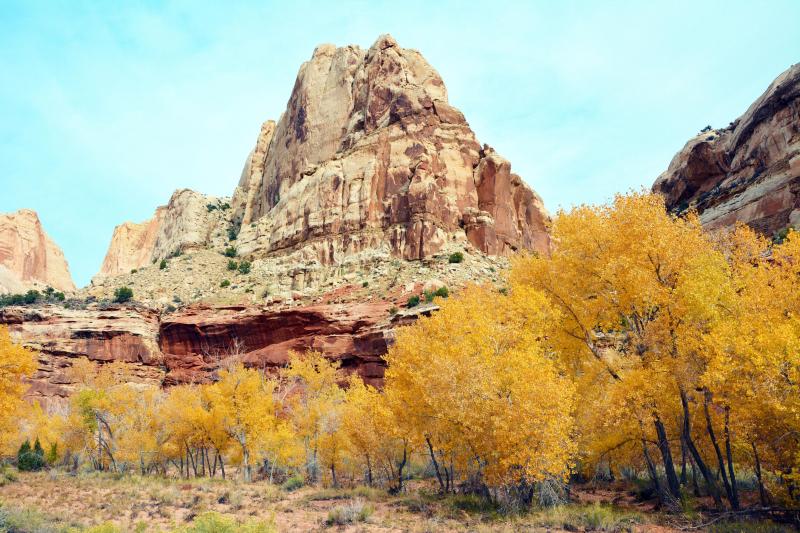
Photo Credit Chris Roundtree
Capitol Reef National Park is home to the Waterpocket Fold, a wrinkle in the earth extending 100 miles through south-central Utah. Students will marvel at the cliffs, canyons and slickrock that seem to emerge from within the Fold. They can learn about the ancient people who called the park home and the history of the petroglyphs they left behind by listening to a ranger’s Fremont Culture Talk. The visitor center offers ranger-led hikes and educational workshops at the historic Fruita Schoolhouse, so a trip to Capitol Reef is both safe and educational.
Zion National Park
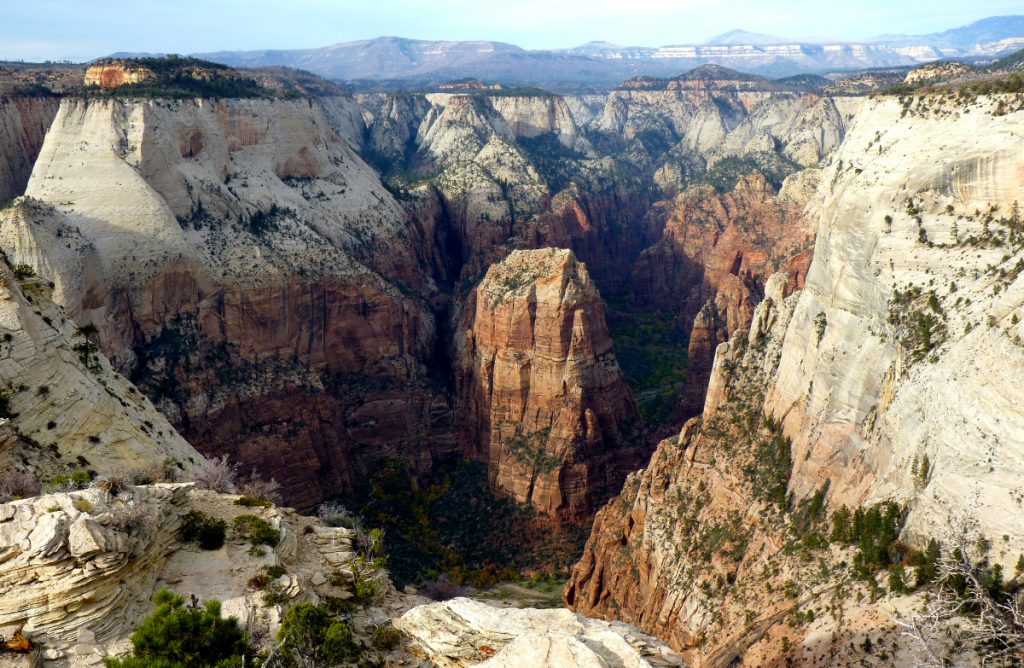
Photo Credit Marc Neidig
Zion National Park was the first dedicated national park in Utah. Though it offers everything from scenic drives to mountaineering, the park is most popular for its variety of hiking trails. Some of the most well-known trails lead hikers to Angel’s Landing and Hidden Canyon with no shortage of scrambling up mounds of boulders and navigating steep drop-offs. For a less challenging hike, students can walk to Weeping Rock or take the lower loop of the Emerald Pools Trail. Both adventures offer beautiful views and the chance to cool off in pristine waterfalls. The Pa’rus Trail is an easy stroll on a completely paved path that cuts through the heart of the mountains. Ranger-led activities are offered in Zion and Kolob Canyons. Don’t miss the opportunity to chat with an artist-in-residence at the historic Grotto House to learn more about the national park system and the importance of arts in education.
Just for Fun
Utah Olympic Park
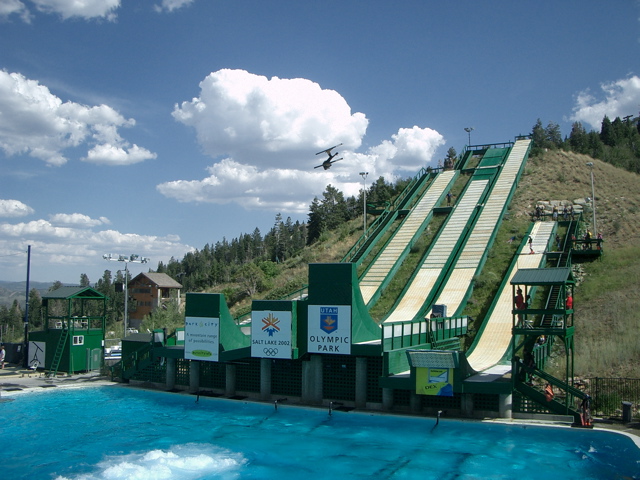
Photo Credit Steve Jurvetson
Located in Park City, Utah Olympic Park was the site of the 2002 Winter Olympics and is now a U.S. Olympic Training Facility. Students can watch Olympic qualifiers train on Nordic ski jumps, bobsled tracks and competition hills year-round. Students can watch athletes soar 60 feet into the air and land in a bubbling pool of water at the freestyle ski jump performances each weekend. Guided walking tours teach students the history of the Olympics, or they can feel the thrill of the games first-hand on a Comet Bobsled ride.
Gorgoza Park
Park City’s Gorgoza Park is the perfect place for students to play in the famous Utah powder. It offers seven lighted tubing lanes on which students can do extreme sledding in an inner tube. Mechanical lifts make getting back to the top of the hill a breeze, and the lanes vary in difficulty to ensure everyone has a good time. Group rates make tubing an affordable experience, and heated yurts are available to rent.
Learn a Little
Salt Lake City Tabernacle
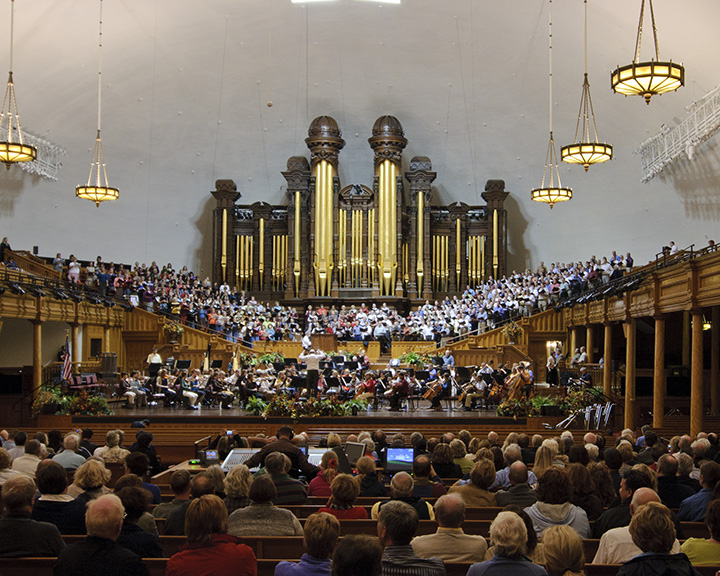
Photo Credit Mike Fisher
Salt Lake City Tabernacle is one of the world’s largest domed roofs without central supports. It is home to a magnificent, 11,623-pipe organ and the renowned Mormon Tabernacle Choir. Students can sit in on choir practices or attend a performance. Guided tours of the landmark explain how the building was built and the science behind the acoustics. Tour guides demonstrate the acoustic sensitivity by dropping a pin at the pulpit, so visitors can listen to the sound ring through the entire auditorium.
Natural History Museum of Utah
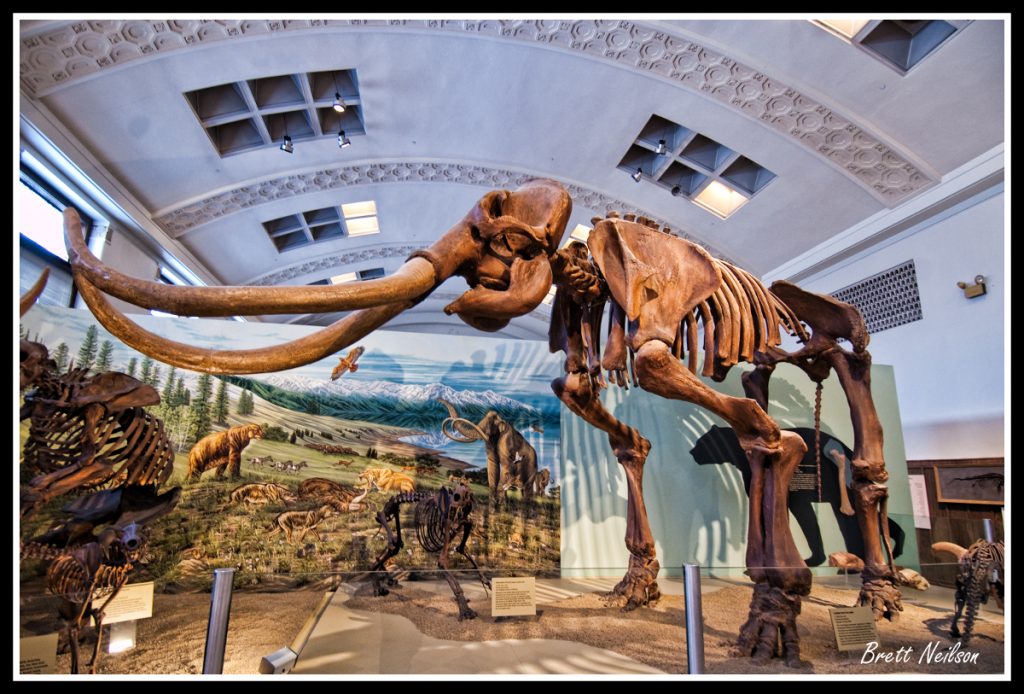
Photo Credit Brett Neilson
Situated on the University of Utah campus overlooking Salt Lake City, the Natural History Museum of Utah is an active research institution dedicated to preserving the history of the Great Basin region. It features interactive exhibits, hands-on displays and multimedia presentations that allow students to engage in explorative learning. The Canyon Terrace offers visitors sweeping views of Salt Lake and incredible glass and iron architecture. The museum offers rotating exhibits that range from topics like the power of poison to the significance of pigeons to supplement the permanent displays. Students are welcome to take the Highlights Tour for a behind-the-scenes look at some of the most popular areas of the museum.
The Leonardo
The Leonardo in Salt Lake City is a science museum that’s exciting for students and adults. Its mission is to inspire the next generation of explorers and inventors through exhibits such as Perception: The Illusion of Reality and No Fixed Address, an exhibit that shares the stories of people who are more than just “homeless.” Students can join in on the fun in Leonardo’s Studio and the Science Lab, or they can participate in an educational program.
By Sara Stokes

